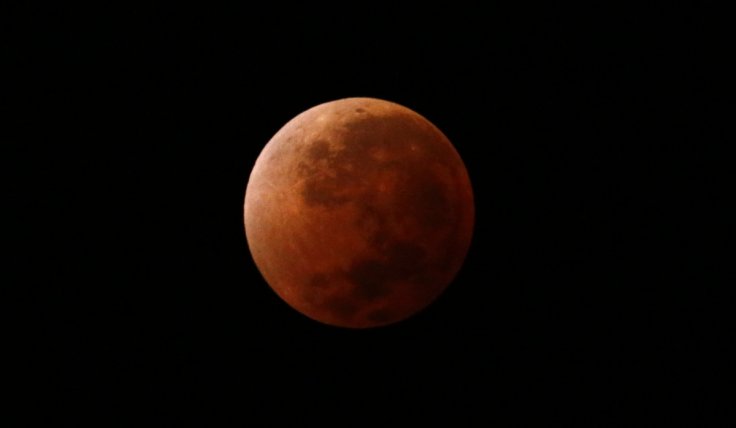
April 2015 Sky
- Posted by OCastronomy
- On April 1, 2015
- 0 Comments
April 2015 Sky
| 1 | Moon at apogee (farthest from Earth) at 13h UT (distance 406,012 km; angular size 29.4′). |
| 4 | Total Eclipse of the Moon begins at 11:54 UT and ends at 12:06 UT (only 12 minutes). Mid-eclipse at 12:00 UT. Partial phases begin at 10:15 UT and end at 13:45 UT. The Moon will appear red-orange in color during totality (the color of EarthÕs sunsets). Visible from North America, the Pacific Ocean, Australia, New Zealand and most of Asia. • Eclipses of 2015 (NASA) • Total Lunar Eclipse of 2015 April 4 (PDF) (NASA) |
| 4 | Full Moon at 12:06 UT. |
| 5 | Moon near Spica (midnight sky) at 5h UT. |
| 8 | Moon near Saturn (morning sky) at 13h UT. Mag. +0.3. |
| 8 | Moon near Antares (morning sky) at 23h UT. |
| 10 | Mercury at superior conjunction with the Sun at 4h UT. The elusive planet passes into the evening sky. |
| 11 | Venus 2.6° SSE of the Pleiades (39° from Sun, evening sky) at 22h UT. Mag. -4.1. |
| 12 | Last Quarter Moon at 3:44 UT. |
| 17 | Moon at perigee (closest to Earth) at 4h UT (361,023 km; angular size 33.1′). |
| 18 | New Moon at 18:57 UT. Start of lunation 1142. • Lunation Number (Wikipedia) |
| 20 | Venus 7.4°N of Aldebaran (40° from Sun, evening sky) at 0h UT. Mags. -4.1 and +0.9. |
| 20 | Moon near the Pleiades (evening sky) at 23h UT. |
| 21 | Moon near Aldebaran (evening sky) at 17h UT. Occultation visible from north central Asia. • Occultation of Aldebaran (IOTA) |
| 21 | Moon near Venus (evening sky) at 19h UT. Mag. -4.1. |
| 23 | Lyrid meteor shower peaks at 0h UT ± 4 hours. Active April 16-25. Radiant is between Hercules and Lyra. Expect 10 to 20 bright, fast meteors per hour at its peak. Moon will set late evening making for ideal viewing conditions. • Observing the Lyrids (Gary Kronk) • Meteor Shower Calendar 2015 (PDF) (IMO) |
| 25 | First Quarter Moon at 23:55 UT. |
| 26 | Moon near Beehive Cluster (evening sky) at 5h UT. |
| 26 | Moon near Jupiter (evening sky) at 16h UT. Mag. -2.1. |
| 28 | Moon near Regulus (evening sky) at 2h UT. |
| 29 | Moon at apogee (farthest from Earth) at 4h UT (distance 405,083 km; angular size 29.5′). |
| April 2015 Sky All times Universal Time (UT). USA Eastern Standard Time = UT – 5 hours. | |


